
Keyword Density for SEO
Definition.
Keyword density tells you how often a targeted keyword appears in a text over the total number of words present in a text.
In SEO, keyword density can be used to determine whether a web page is relevant to or how relevant to a specific keyword.
Simply put, keyword density is the percentage of a keyword in a web page that can affect its search result position.
How to calculate keyword density?
There’s a lot of different calculations floating around the web but the basic always boils down to:
(Number of times a keyword appears / total number of words) x 100%
Example:
(25 / 2000) x 100% = 1.25%
So the keyword density would be 1.25%.
Which means that keyword appears approximately 1.25 times per every hundred word in that single web page.
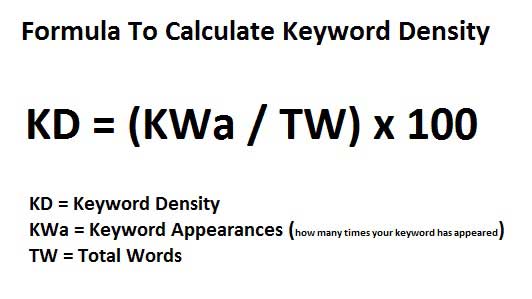
What is the optimum keyword density?
During the late 90s, SEOs can tell you with certainty that the optimum keyword density should be somewhere from 2-3%.
But now, anything from 1-5% should be a safe bet.
Lesser than that, search engine will have difficulty associating your content with your targeted keyword. More than that, they may flag you as keyword stuffing and discounting the quality of your content.
At Gwalioroid, we recommend having a keyword density of 2-4%.
That’s the safest ratio that won’t hinder your natural writing but still useful to show you a warning that “Hey! Maybe you want to turn down a knob, that’s starting to look spammy.”
How to increase keyword density?
It’s simple, you just need to insert more of your targeted keywords into your content!
We recommend adding your keyword at your headline, the first 100 word of your content and the last 100 words of your content.
Having mentioned your keyword early in the content can better help Google to better associate your content with your targeted keyword.
Let’s take this post, this one that you’re reading, as an example.
If the headline reads “SEO Technique Regarding Keywords Explained”, can you understand, at a glance, that it’s gonna be talking about keyword density? Probably not, since it’s so vague.
So having your targeted keyword in your headline and early in the content is always a good thing cause you’re making things straightforward and clear.
Having your keyword in the headline and early in your content is not only good for your SEO, it’s also good writing habit for informational content.
Try fitting your keywords into your subheadings as well. That’s a good way to help your readers feel more focused on the main topic you’re discussing.
But don’t stuff every single subheading with a keyword. That’s an overkill.
The history of keyword density.
A long long time ago, there exists a magical optimum keyword density to make any pages rank. But everything changed when Google unleashed the Panda update.
Pathetic attempt at dramatic storytelling aside, keyword density exists, because it used to be a ranking factor for Google.
You see, back in the younger days of Google, they tend to rank a certain page better if the keyword used for a query appears more in the text. Which means having a higher keyword density or keyword stuffing is actually a legit technique to help you rank.
But, Google soon realized that their system is gamed and mediocre or low quality web pages with no real content other than repeating a keyword again and again is being ranked high up at the search result page
To curb that behaviour, and of course, to make search great again! Google pushed out a huge algorithm update called Panda to make damn sure that keyword stuffing will not work again.
Keyword density is now mostly used as a part of the many on-page seo checker tools.
Tools use keyword density as a way to gauge the relevancy of content to the keyword and warn against keyword stuffing.
Keyword stuffing vs keyword density
According to Google, there’s 3 types of keyword stuffing.
-
Lists of phone numbers without substantial added value
-
Blocks of text listing cities and states a webpage is trying to rank for
-
Repeating the same words or phrases so often that it sounds unnatural, for example: We sell custom cigar humidors. Our custom cigar humidors are handmade. If you’re thinking of buying a custom cigar humidor, please contact our custom cigar humidor specialists at custom.cigar.humidors@example.com.
The third type is the one that keyword density checkers targeting.
Let’s see. In that short paragraph of 33 words, the keyword “custom cigar humidor” appeared for a grand total of 5 times. So, (5 / 33) x 100% = 15.152%, that’s more than 3 times higher than the recommended maximum keyword density of 4%.
As we mentioned before, keyword density is simply the percentage of a keyword in a block of text.
We can understand keyword stuffing in this context as having an absurdly high keyword density.
Now there’s a reason why Google moved on from relying on keyword density as a ranking factor. You see, when you’re keyword stuffing:
- User experience will be bad. Reading through that example text of keyword stuffing is bad enough. Imagine reading through a whole page of that. That would make a crappy experience for anyone trying to read the content.
- You won’t be able to fit in meaningful content. By trying to blindly raise keyword density with no regard to good writing, it will be impossible to create meaningful content that is useful for readers.
- You won’t get ranked high by Google. As the points mentioned stands, keyword stuffing will make it a bad reading experience for your readers and hindering you from creating a good content. Which are both extremely important to get a good ranking.
So, the verdict is clear. You simply won’t get a good ranking with keyword stuffing. Remember to keep an eye on your keyword density checker to make sure it’s less than 5%.
Keyword density now
So, long story short, what does keyword density means now?
Since keyword density was confirmed to be a ranking factor, some SEO or SEO tools do not want to simply cross them out as being irrelevant now.
Now, keyword density is often included in SEO tools to act as an indicator to let writers know whether their writing risks being too stuffed with a certain keyword. When that happens, a web page may be flagged and thus not being able to rank higher for their targeted keyword.
Is Keyword Density Still Important?
Why not?
The most important information we have about keyword density is this: it was a ranking factor.
Well, perhaps Google have really moved on from this, but it’s always good to have more guidance right? Especially since keyword stuffing also generally means bad writing. At the very least, you’ll have a gauge to check if you’re abusing the same word for too many times in a piece of content.
Did LSI keyword replaced keyword density?
Instead of replacing, LSI keywords is actually a part of how Google is evolving from keyword density.
Instead of only identifying one keyword, then hang on it to determine how relevant a web page is, Google is expanding their ways around understanding and analysing language, which is the basic of understanding contents then ranking them.
Latent Semantic Indexing keywords, or, LSI keywords is simply a kind of keyword that is closely associated with your targeted keyword AND acknowledged by Google.
The similar points between LSI keywords and keyword density is both of it helps Google understand how related your web page is to your targeted keyword.
Just like normal keywords, if you repeat the same LSI keyword again and again and again in your web page, that will be counted as keyword stuffing as well.
The key to LSI keyword is variety instead of quantity.
Try to include different LSI keywords in your web page instead of repeating the same one.
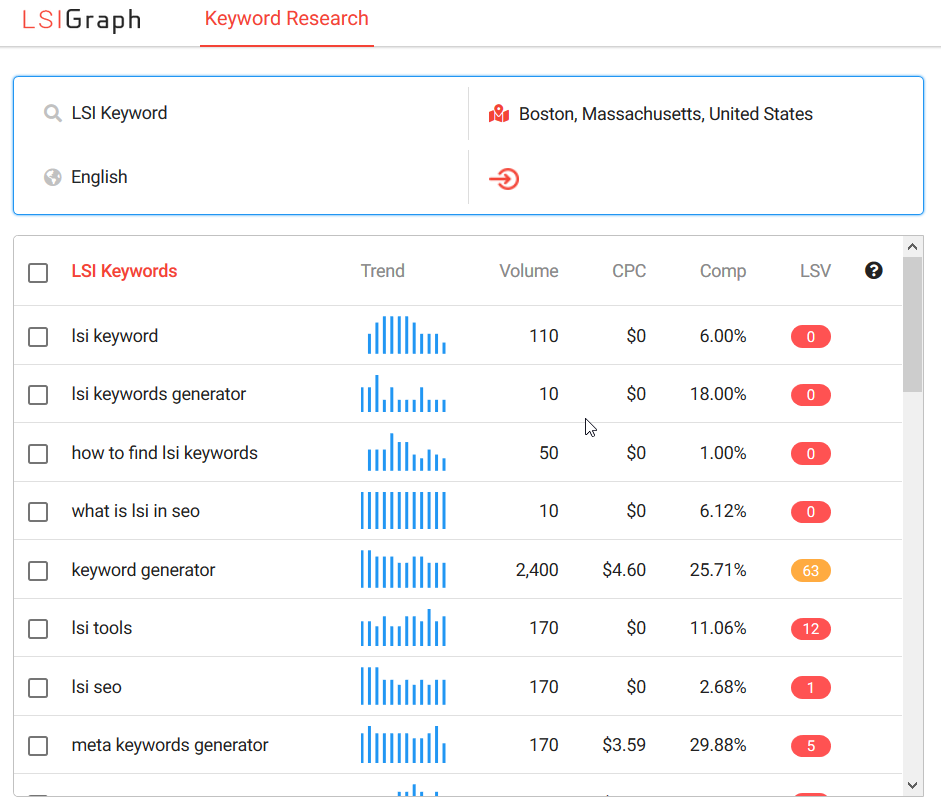
Focus on search intent targeting keywords instead of keyword density.
As you can tell by reading this far down, keyword density is no longer a part of keyword strategy that you should focus on.
Instead, you should plan your keyword strategy by targeting a list of keywords that fits the searcher intent.
Instead of obsessing on the amount of times a keyword is mentioned, you need a list of related keywords that the users will use to search for your targeted keyword.
Let’s say your targeted keyword is gardening.
If a user wants to learn about gardening, the related keywords can be gardening for beginners, how to start a garden, gardening 101.
If the user is looking for gardening tools then the related keywords can be cheap gardening tools, must have gardening tools, gardening tools set.
You see, even if the base targeted keyword is the same “gardening” the related keyword differs according to the searcher intent.
Where to get search intent targeting keywords.
As far as I know, there’s no tools that can just give you a list search intent targeting keywords on a silver plate. It’s more about using a variety of keyword tools together with a lot of googling then analysing and retrieving the keywords you need.
Starting with Google is your obvious bet.
Now imagine you’re looking to buy some garden tools, what would you type in that search bar?
Now look at the search result you got, what would you tweak, or what is Google suggesting you to tweak to really get to the results that serve your purpose, buying some garden tools?
Those are your starter keywords.
Now, here are two things that you should take note when you’re googling.
First, the auto-complete suggestion.

Notice how different the suggestions are but still conveys pretty much the same meaning with the query I typed in?
Think this, do you instinctively click on whatever Google suggests when you’re repeatedly searching for something?
If you do this, then your potential clients must be doing it too.
What you need to do is list down all the varieties of your queries, those are your search intent targeting keywords.
Sometimes, the autocomplete suggestions can turn out to be not that helpful, or it seems…
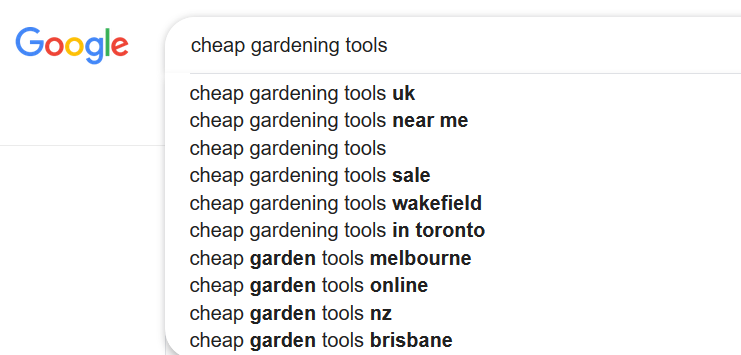
Look at this, all those suggestions aren’t really useful to create any contents from right?
But, this shows you the searchers’ intent. They’re looking to buy cheap gardening tools from sellers that are near them, which means you should make your shipping options or physical store address as obvious to the search engine as possible if you want to rank for any queries of this kind.
Second, the related searches list.

As you can make sense from this list, people searching for cheap gardening tools are probably also beginners in gardening. So their purpose for searching that keyword can be a mix of looking for information and looking for actual products to buy. That’s why you’re seeing quite a few queries aiming to get more basic information on these tools.
If you see a lot of related searches like this for your keywords, perhaps you can start considering creating guides and blog posts on this subject. That way, you can bring in more visitors to your website that has a bigger chance to convert into paying customers.
And if it’s there, the people also ask box.
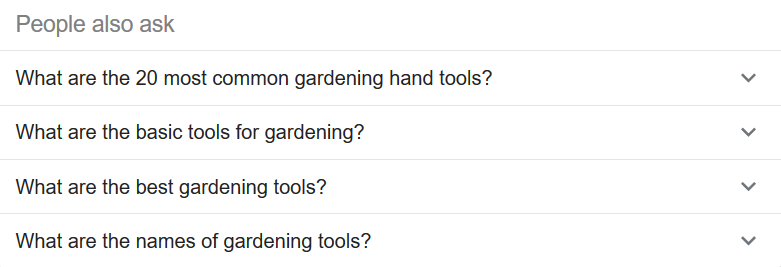
Sometimes you’ll see this expandable question box among your search result. This is a haven for keyword and search intent researching.
The box is infinitely (to a certain extent) expandable and provides dynamic results based on which question you clicked on to read more.
You can click on the question and observe how it changes after a few clicks.
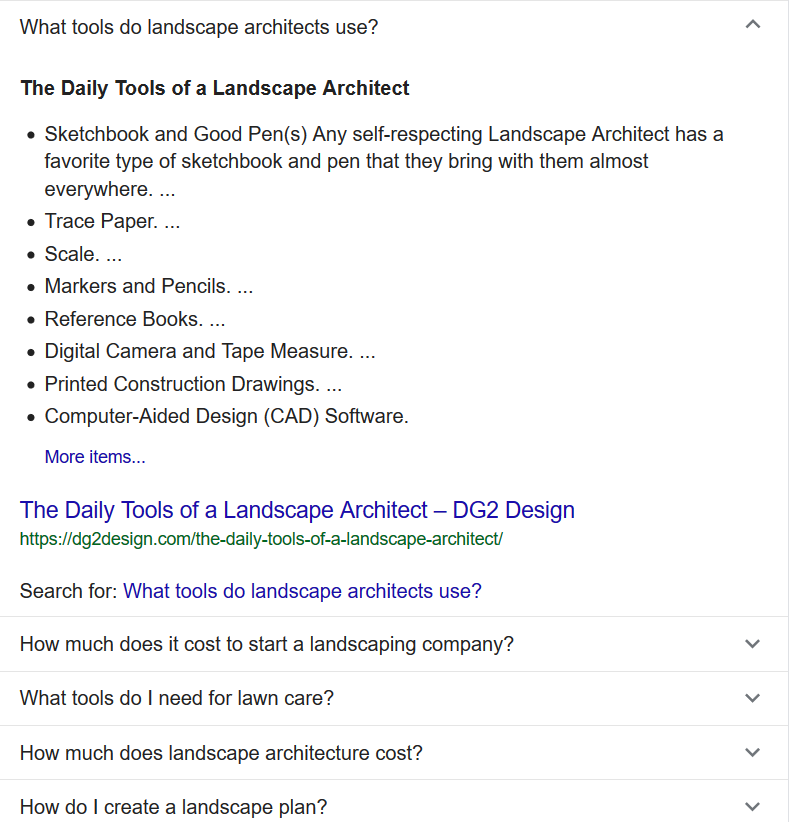
You see, just a few clicks from suggesting cheap gardening tools you get to landscaping which is more advanced and different from mere gardening.
This shows a possibility that those searchers looking for gardening tools might be very well interested in landscaping as well.
Which opens up another keyword and topic to explore.
Conclusion…
Keyword density has been retired as a ranking factor but it’s still a good indicator to make sure you’re not keyword stuffing your content to death. Moving forward, content writers should focus more on researching for user intent targeting keywords. Also try to focus on using a variety of keywords under the same umbrella, such as LSI keywords, instead of obsessing with keyword density.
Updated: 25 May 2019
